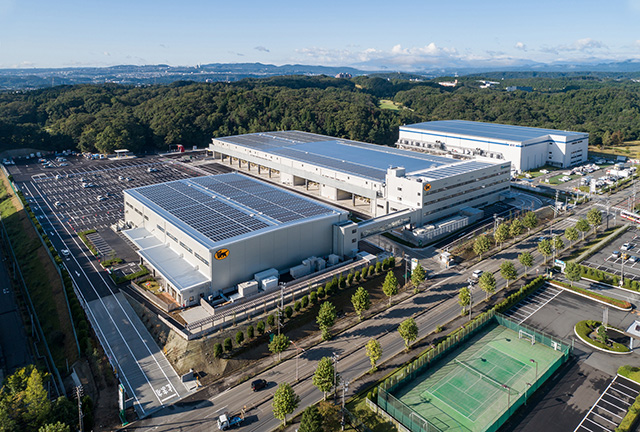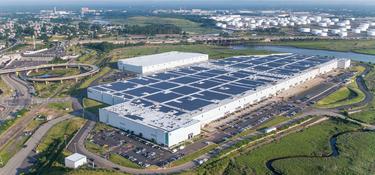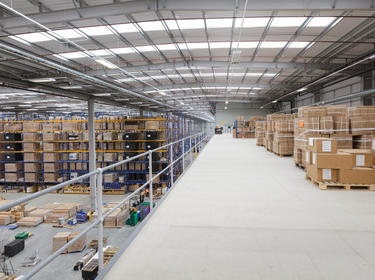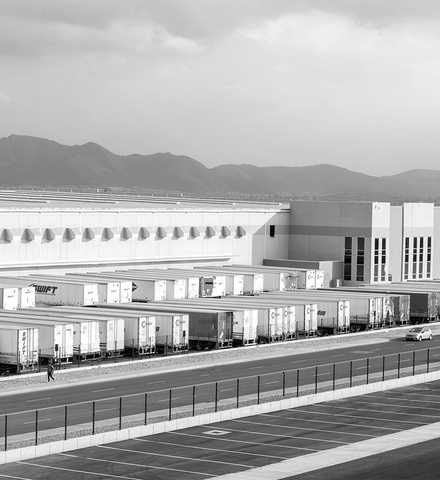
The Role of Reverse Logistics in the Supply Chain
Reverse logistics play a significant role in the profitability of a warehouse that operates in the retail or e-commerce order fulfillment industry because it maximizes asset recovery, optimizes supply chain efficiency, reduces costs and improves customer experience.
A prime example of the importance of reverse logistics is evident during the holiday season. For the holidays and the first few months afterward, consumers return more items than any other time of the year. If a company isn’t equipped with a reverse logistics strategy, it risks losing revenue and future consumers.






